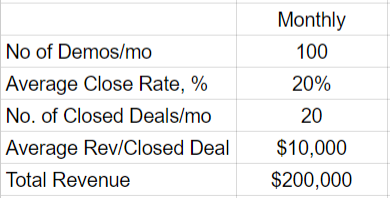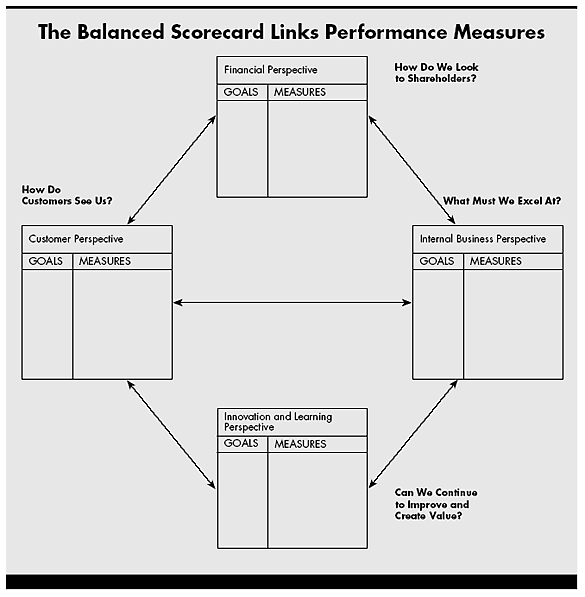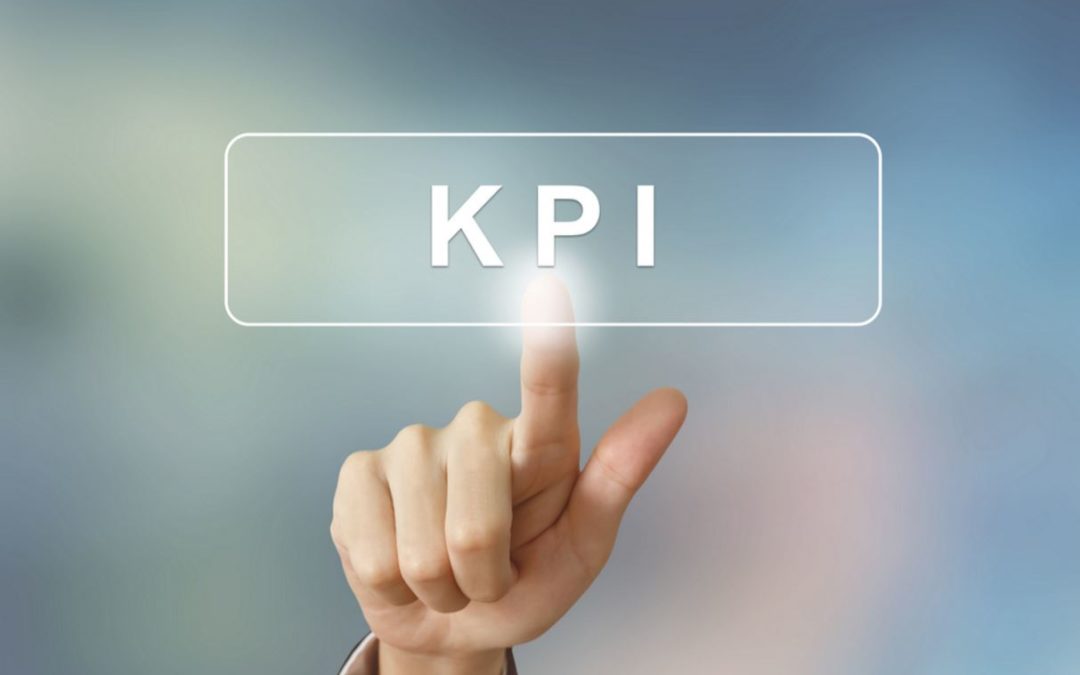There seems to be a great deal of confusion for business owners around KPIs (key performance indicators).
We know we need them, but measuring them seems so elusive and tedious that small business owners just don’t measure them with any sort of consistency.
If you can relate, read on. We’ve even included a FREE KPI Tracking Template.
What Are KPIs? – A General Definition
KPIs or key performance indicators are measurements which are made at some interval (daily, weekly, monthly, quarterly, annually) that are meant to give the business owner an indication about the relative health of the business.
Relating it to your health; your pulse, blood pressure, blood sugar level and weight are all key indicators which give you some picture of your health. Measuring KPIs over time is what really provides insight into your health. You may go to the doctors and get your blood pressure taken and it’s high (this happens to many people due to nervousness), the doctor wisely doesn’t take action based on that single measurement, but may run further tests or measure it again. If he notices a trend, he’ll take some corrective action.
So, relating it back to your business, key performance indicators are measurements that indicate something about the performance of the business in a specific area which is deemed important or “key”.
Types of KPIs – Leading & Lagging
KPIs fall into two main categories, leading and lagging.
Leading indicators give you a sense of where the business will be at some future point. For example, the number of demos that your sales team gives each week is considered a “leading” KPI. Since demos turn into closed deals (or should) the number of demos per week is a KEY indicator of the health of the sales pipeline and the business. You could put cholesterol in the leading indicator for health. If you have high cholesterol too long, it could result in heart disease or stroke at point in the future.
Lagging indicators tell you something about what has already happened within the business. I would put financial KPIs in this category. For example, revenue. It’s important to measure these types of KPIs because measuring tells you when your business is unhealthy. Using the demos example, you could have a low number of demos, but that may not show up in lower revenue for some time. It’s only a matter of time before “revenue” KPI is unhealthy.
A smart business person uses this information to make adjustments in the business to bring the business back into a healthy state. It’s all about reacting in. See the time line below to illustrate.

If may take 90 days until the low number of demos shows up in low cash flow for the business.
If you’ve determined $200,000 per month is healthy for your business, and you did $150,000 last month you can make an adjustment to bring that KPI back into the healthy range, but it’s going to take time to make that happen.
The best of both worlds occurs when you combine the two measures, leading and lagging. Doing so gives you have a better chance of affecting the result.
For example, you could determine the number of demos which are necessary to hit your revenue goal by looking a historical information. Say, on average, you close 20% of the demos given. Each closed deal is worth $10K on average, so to hit your $200K monthly goal you would need to perform 100 demos each month.

You can access the Google Doc calculation here if you’d like to put your own numbers in.
Now, measure the “number of demos” (a leading indicator) each week.
Setting a red, yellow and green criterion for that leading indicator will give you a warning system when something is out of control and you’re in danger of not hitting your revenue goal. The main point being, you don’t have to wait until the revenue numbers come in below a healthy level to take action. The leading indicator is something that affects the lagging indicator.
The Envisionable app allows you to measure the number of demos and to warn you when you’re in the red.

Since businesses are complex systems, just tracking one KPI is not enough (imagine just taking someone’s pulse as the only indicator of their health). Tracking too many KPIs can cause you to lose focus on what’s important and get caught in the noise.
What Areas Of Your Business Are Important Or “Key” That Your Should Measure?
You should track several KPIs to give you an overall picture of the health of your business. But which ones should you track? The truth is, there is no “one size fits all”, and there are some KPIs which are important in one business and not important in another.
Dr. Robert Kaplan & Dr. David Norton came up with the widely used strategic planning and performance management framework called the “Balance Scorecard”. This framework lays out four areas the doctors felt needed to be in “balance” in order to maintain a healthy company. This framework is meant to align the goals of a business with the strategy and long-term vision.
So what are the four areas?
- Financial
- Customer
- Internal Business Processes
- Innovation and Learning

In each of these areas there are associated KPIs that can be tracked to give you a sense of the health of the business of that specific area. Again, think of the various systems in your body like the cardiovascular, nervous and digestive etc. Your business has various systems as well that are interrelated and affect each other.
The balanced scorecard goes quite a bit deeper by using a strategy map which shows a logical, step-by-step connection between strategic objectives (or goals) in each of the perspective in the form of a cause-and-effect chain.
I won’t get into too much detail about this here, but just think about each perspective and what would need to be measured to give you an overall sense of the health of your business.
Here are some example KPIs that you could be tracking (feel free to reach out if you need help).
Financial KPIs
- Revenue: The amount revenue recognized in a given period
- Gross Profit: Revenue – COGS (cost of goods sold). The higher the gross profit the more efficient the business model.
- Net Income: revenue – COGS – Operational Expenses
- Cash Flow: This is a great definition of cash flow. Probably one of the most important KPI for any business.
- Revenue per employee or productivity: Revenue divided by the number of employees. This gives you a sense of how efficient your business is at generating revenue. The higher the number the better. Here’s a great article on revenue per employee and benchmarks for several companies. Facebook and Google are at about $1MM in revenue per employee. Both have incredibly efficient business models.
Customer KPIs
Another critical component to the health of your business is the health your relationships with your customers. How happy are they with your products and services? How long does a typical customer stay with you? Are you losing customers?
- Customer Churn or lost customers – This is the % of your total customers that you lose over a given period. Depending on your business model, customer churn may just be something that naturally happens. For example, if you’re a real estate agent, you may only have one transaction with that customer. Other business models depend on recurring revenue, like insurance agencies or SaaS companies. Take a hard look at your customer churn.
- Customer Satisfaction – I would consider this a leading indicator and customer churn a lagging one. If your customers are unhappy, pretty soon they will churn. NPS (net promoter score) is a good thing to measure to ascertain how happy your customer are with your company.
- Average annual sales volume per customer / revenue concentration – Is your revenue concentrated with only a few customers? What’s the average sales volume per customer? If 80% of your revenue is concentrated with 2-3 customers, your business is not as healthy as it should be.
Internal Business Process KPIs
What internal business processes must be in place for you to deliver value to your customer? How do you know if those processes are working correctly? One simple example, is “time to deliver an order”. Obviously, the longer takes to deliver your product and service the longer it takes to for your customer to receive the value.
Some internal business process KPIs include:
- For service business – utilization & realization
- Average development time of a new product
- Average time from placing the order to its completion
- Inventory turnover
- Administrative expenses per employee
Innovation and Learning KPIs
In my opinion, this perspective is really the driver of all the other perspectives. Your biggest asset is how you empower your people (although many accountants can see people as an expense or liability). So what are you doing to drive greater capacity, innovation and learning. All companies must continue to invest in their people if they are to stay competitive.
- Specific weight of expenses on research and innovation in the total amount of expenses (% of R&D)
- Investment in training of personnel
- Investments in exploration of new markets
- Number of rational and creative ideas per employee
- Average training cost per employee
- Employee satisfaction index
- Marketing expenses per customer
How Do You Create a Simple KPI Dashboard?
Once you’ve determined your KPIs, it’s time to begin measuring them on some regular schedule to monitor the health of your business and make adjustments.
Below is a simple dashboard that can be generated from the Envisionable app. You can see that each KPI has a few things presented:
- A monthly target
- An actual result
- A % of target (how well did we do vs. the target?)
- A red, yellow and green indicator based on some thresholds that you’ve set
- A trend line

These KPIs are telling us that “90 day Sales Pipeline” started to drop in April and revenue started to drop a few months later as deals in the pipeline were sold and the pipeline dried up. However, corrective actions should have begun months earlier when we saw that the number of weekly demos were dropping.
Still confused? We’re here to help!
KPIs shouldn’t be painful to discover, use and track. We’ve built Envisionable to make the process easier and link those KPIs to your goals (more on that in a later blog). If this is something that you could use help with, we’re happy to guide you through the selection, tracking and dashboard process.
We’ve even created a FREE KPI tracking template.
